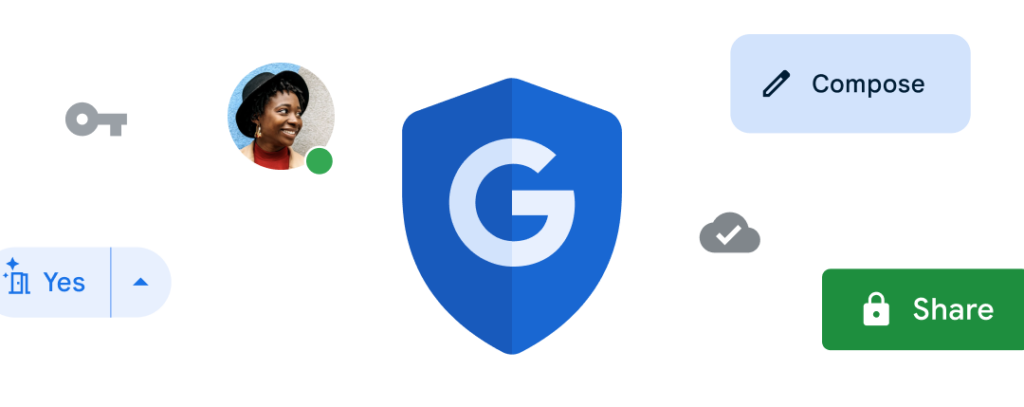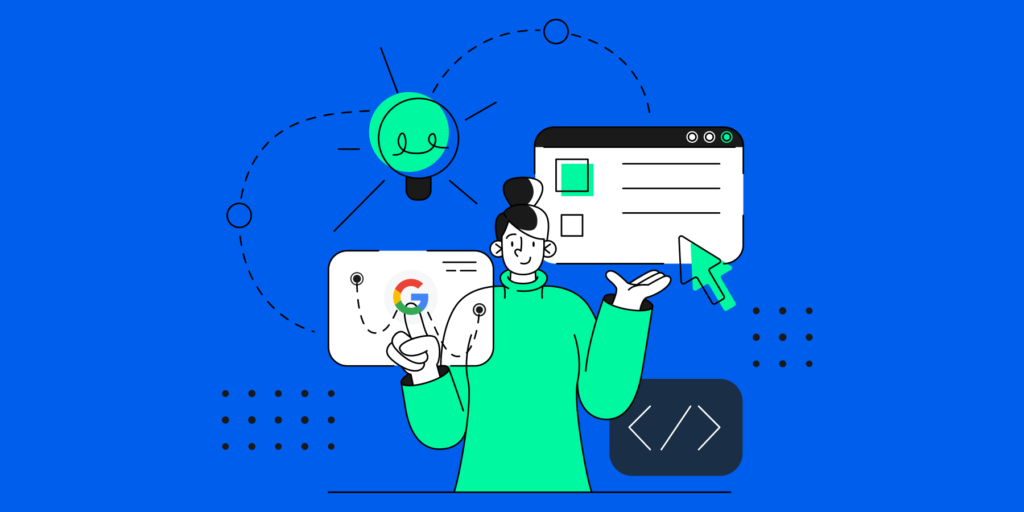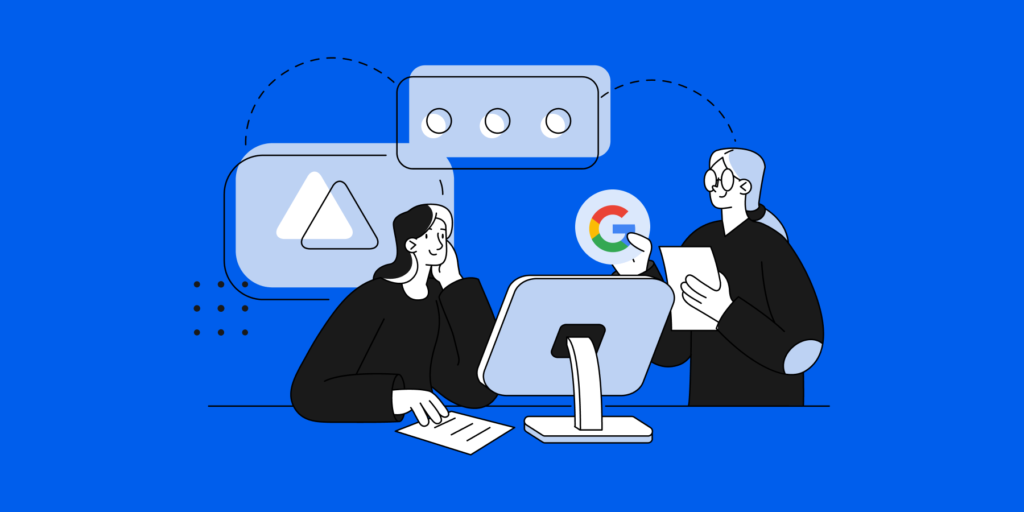In an era where data breaches are increasingly common, securing cloud storage like Google Drive is paramount for enterprises.
With over 3 billion users worldwide relying on Google Workspace for daily collaborations, a pressing question emerges:
“Are my files safe? Is Google Drive secure?”
It’s a valid concern, given the critical nature of the data stored and shared within these platforms.
Understanding these apprehensions, we’ve compiled 7 best practices that will not only address these concerns but also help you enhance your Google Drive security like a pro.
These strategies are designed to fortify your data against emerging cyber threats and ensure that your organization’s collaboration tools are both powerful and secure.
1. Recognize the Security Landscape of Google Drive:
It’s really important to understand the kinds of security risks that come with using Google Drive, especially for businesses.
Google Drive is a big target for hackers because it holds a lot of important data like emails, documents, and personally identifiable information (PII).
One of the risks is that people often stay logged into their Google accounts, which can make it easier for hackers to get into their accounts and see their data.
Businesses also need to be careful about threats like phishing attacks and harmful software that are specifically designed to target Google Drive.
Knowing about these dangers is the first step to making Google Drive safer and protecting your business information from any data leaks.
Tip: Use GAT+ for in-depth analytics and monitoring, identifying potential security breaches in Google Drive.
2. Utilize Advanced Security Features in Google Workspace for Better Google Drive Security:
Google Workspace has some really powerful security tools that are great for keeping your Google Drive files safe. These include:
- – Single Sign-On (SSO): This lets users log in once to access multiple services, including Google Drive. It’s like having one key that unlocks several different doors, making it easier and safer for users.
- – Information Rights Management (IRM): IRM helps you control what can be done with the documents you share. For example, you can stop people from downloading or printing your files, keeping your information more secure.
- – Data Loss Prevention (DLP): DLP is all about stopping sensitive info, like personal details or confidential company data, from getting out. It checks your files and messages to make sure nothing that shouldn’t be shared is being shared.
Using these features can help to boost your Google Drive security, making sure that only the right people can see and use your important files.
Tip: GAT Unlock offers advanced control over document access and permissions, complementing Google Workspace’s security settings.
3. Implement Regular Security Audits and Reviews for Enhanced Google Drive Security:
Keeping your Google Drive secure isn’t a one-time task. Regularly auditing and reviewing your security settings is crucial.
For a more detailed guide on how to conduct these audits and reviews effectively, check out our previous post here.
In brief, focus on:
- – Quick Security Checks: Periodically review who has access to your files and the current sharing settings.
- – User Permissions Assessment: Make sure only the right people have access to sensitive information.
- – Sharing Settings Overview: Regularly monitor how files are shared to prevent unintended external or public sharing.
By regularly revisiting your Google Drive security settings, you can stay ahead of potential risks and keep your data safe.
Tip: GAT Flow can automate user management and security audits, ensuring regular reviews of your Google Drive’s security.

4. Employ Data Classification and Endpoint Management:
Keep your Google Drive secure by classifying your data and managing device access:
- – Data Classification: Sort your files by their sensitivity level. This helps ensure that sensitive files are only accessed by authorized personnel.
- – Endpoint Management: Control which devices can access your Google Drive. This means even if someone gets hold of a user’s credentials, they can’t get into your Drive unless they’re on an approved device.
Both steps are crucial for preventing unauthorized access and keeping your Google Drive data safe.
5. Address Limitations of Native Tools Against Ransomware:
Google Workspace’s security features are a good start, but they may not be sufficient against complex ransomware, which affected over 72% of businesses worldwide in 2023.
Enhancing your Google Drive’s defense with third-party security solutions is crucial. These solutions offer advanced detection capabilities, essential for tackling sophisticated ransomware that could evade Google’s basic protections. Alongside this, educating your team on cybersecurity and maintaining robust data backup plans are key strategies in mitigating the risk and impact of ransomware attacks.
This approach ensures a stronger, multi-layered defense for your Google Drive against evolving cyber threats.
Tip: GAT+ and GAT Shield together provide enhanced security layers to protect against sophisticated ransomware attacks.
6. Stay Informed About Threat Actor Tactics:
Cybercriminals are employing new tactics that can impact Google Drive security. One such tactic involves using media to blackmail organizations by publicly posting about security breaches and setting countdown timers for data leaks.
This approach pressures victims into responding, whether through ransom payments or public acknowledgment. Additionally, fake data leaks are being used to harm business reputations, regardless of whether a hack actually occurred.
Another concern is the increased use of personal data leaks, with corporate emails being particularly at risk. These leaks can lead to phishing and social engineering attacks. Ransomware attacks are also evolving with the rise of Malware-as-a-Service (MaaS) tools and attacks via cloud technology.
Understanding and preparing for these new cyber tactics is vital in maintaining the integrity of your data on Google Drive.
7. Compare and Contrast with Microsoft 365 Security:
Comparing Google Workspace’s security with Microsoft 365 is key for tailored organizational security strategies. While Google Workspace offers strong measures like two-factor authentication and DLP, Microsoft 365 counters with multi-factor authentication and its own set of advanced threat protection tools.
Each platform has unique strengths: Google Workspace is known for its user-friendly admin console and integration with third-party tools, whereas Microsoft 365 is recognized for its comprehensive security center and advanced analytics.
Understanding these differences helps in choosing the right platform based on specific security needs and organizational context.

So there you have it, by implementing these best practices you will significantly enhance your Google Drive security.
As threat landscapes evolve, staying vigilant and proactive is key to protecting your enterprise’s data. For more comprehensive solutions, consider exploring GAT Labs’ suite of tools designed to secure and manage Google Workspace.
Stay in the loop
Sign up to our newsletter to get notified whenever a freshly baked blog post is out of our content oven.






